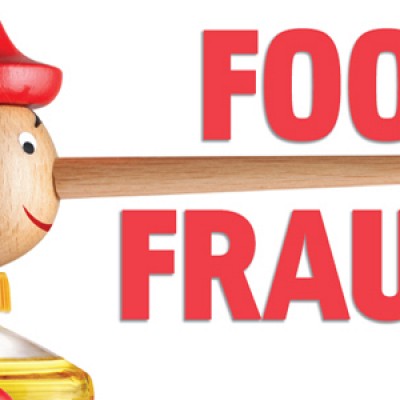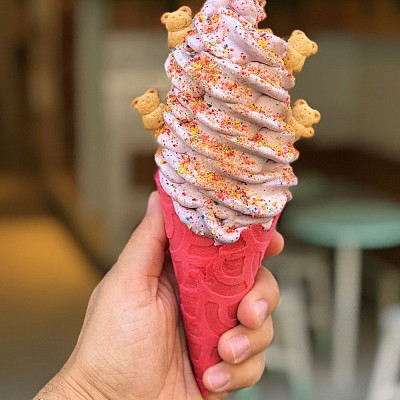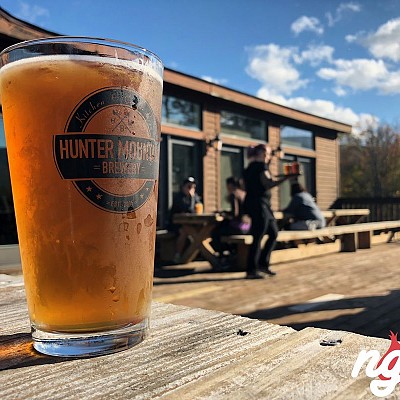In today’s digitally connected world, having a strong online presence is crucial for food businesses aiming to reach new customers and retain loyal ones. With social media at the forefront, restaurants, cafes, and catering services can now engage with food enthusiasts like never before. Utilizing social media and other digital platforms can transform your food business, enabling you to showcase your unique dishes, build brand recognition, and increase revenue. Here, we’ll explore the ten most effective ways to promote your food business online and ensure your brand stands out in a crowded digital landscape.
1. Optimize Your Website for an Unforgettable First Impression
Your website is often the first interaction potential customers have with your brand. A clean, visually appealing, and easy-to-navigate site leaves a lasting impression. Start by ensuring your website’s loading speed is fast and that it’s mobile-responsive since most users will likely visit from their smartphones. Include mouthwatering images of your best dishes, an accessible menu, and a clear call-to-action for ordering or reservations. Don’t forget to integrate SEO keywords to increase visibility on search engines, helping potential customers find you more easily.
2. Use High-Quality Photos to Capture the Essence of Your Dishes
Visual appeal is a major factor in food marketing. Invest in high-quality, professional photos that showcase the colors, textures, and overall allure of your dishes. Eye-catching images are particularly effective on social media platforms like Instagram and Pinterest, where food photography thrives. Remember to add variety by including behind-the-scenes shots, such as chefs in action, fresh ingredients, and plating. Consistently posting top-tier images makes your online presence memorable and attractive to new and returning customers.
3. Leverage Instagram’s Visual Appeal for Mouthwatering Content
Instagram’s highly visual format is ideal for food businesses. Create an Instagram profile that highlights your unique offerings, whether it’s artisan pizzas, vegan treats, or gourmet coffees. Use Instagram Stories to share daily specials, events, or new menu items. Hashtags are essential here—use relevant tags like #FoodLovers, #Foodstagram, and niche-specific ones that resonate with your audience. Partnering with Instagram influencers or running sponsored posts can also help boost your visibility and engagement.
4. Host Live Cooking Demos on Social Media for Real-Time Engagement
One of the most engaging ways to promote your food business online is through live cooking demonstrations on platforms like Facebook or Instagram Live. These sessions allow viewers to see your culinary skills in action, creating a connection between your brand and audience. You could demonstrate a recipe, showcase how a particular dish is made, or answer audience questions in real time. Live content builds trust, offers authenticity, and adds a personal touch that keeps viewers coming back for more.
5. Share Customer Testimonials to Build Trust and Credibility
Word of mouth remains powerful in the food industry, even in the digital age. Share customer reviews and testimonials on your social media and website. Positive feedback from happy customers builds credibility and trust with potential diners. Make the most of user-generated content by reposting customer photos or reviews (with their permission). You can also encourage loyal customers to leave reviews on Google, Yelp, and social media platforms to further enhance your online reputation.
6. Utilize Facebook Ads to Target Local Food Lovers
Facebook ads offer a targeted way to reach food lovers in your area. Use this platform to create campaigns that showcase your menu, special offers, or upcoming events. By using Facebook’s demographic and geographic targeting options, you can reach potential customers who are likely to visit your location. Keep your ads visually enticing with high-quality images or videos, and include clear calls to action like “Order Now” or “Book a Table.”
7. Collaborate with Food Influencers for Expanded Reach
Partnering with influencers can bring your food business to a wider audience. Identify local food influencers who align with your brand and invite them to experience your food. This could be a complimentary meal, an exclusive tasting event, or a product sample for at-home chefs. Influencers often have large, engaged audiences who trust their recommendations, so a positive post about your business can drive significant traffic to your social channels and website.
8. Offer Exclusive Deals Through Email Marketing and Social Channels
Email marketing remains a valuable tool for food businesses, especially when combined with social media promotions. Use email newsletters to announce new menu items, special discounts, or holiday deals. Encourage your social media followers to sign up for your email list by offering exclusive deals or insider perks, like a discount on their next order. Consistent email marketing helps keep your brand top-of-mind and offers an easy way for customers to return for more.
9. Track and Analyze Your Social Media Metrics to Refine Your Strategy
Understanding which strategies are working is essential for long-term success. Use analytics tools like Facebook Insights, Instagram Analytics, or Google Analytics to track key metrics such as engagement, reach, and conversions. Monitoring data allows you to see what content resonates with your audience and what needs adjusting. Regularly refine your strategy based on these insights, ensuring your online marketing efforts yield the best results.
Conclusion: Making Your Food Business a Standout Success Online
Building an engaging online presence is essential for any food business looking to thrive in today’s competitive market. By optimizing your website, showcasing high-quality images, leveraging social media platforms, and partnering with influencers, you can attract and retain customers effectively. These strategies not only boost brand awareness but also help create a loyal community of food enthusiasts who keep coming back for more. Embrace these tactics, track your success, and watch your food business flourish in the digital world.






































